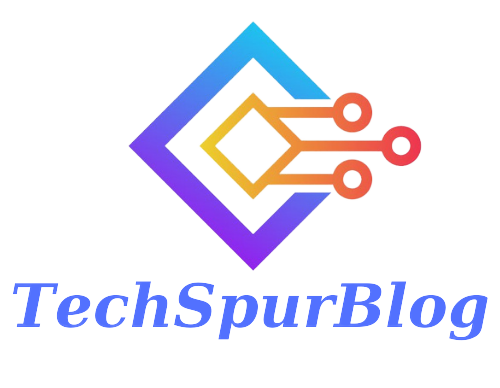Cryptocurrencies and blockchain technology have revolutionized the way startups raise funds through crowdfunding. Initial coin offerings (ICOs), initial exchange offerings (IEOs), and initial DEX offerings (IDOs) have emerged as popular methods for crypto projects to raise capital.
In this article, we will delve into the workings of these crowdfunding methods, highlighting their similarities and differences, and shedding light on some notable examples. However, it’s crucial to exercise caution and conduct thorough research before investing in any of these offerings due to the associated risks.
Initial Coin Offering (ICO)
An ICO is similar to an initial public offering (IPO) in the traditional financial market. During an ICO, a startup or crypto project issues digital tokens or coins and sells them to investors in exchange for establishing cryptocurrencies, such as Bitcoin or Ethereum. This allows the project to raise funds for development before the token or project is fully operational.
ICOs provide an opportunity for investors to support promising projects in their early stages with the hope that the value of the tokens will appreciate in the future. However, it’s important to note that ICOs are largely unregulated, doing due diligence crucial to avoid potential scams or fraudulent projects.
A successful example of an ICO is Ethereum’s ICO, which took place in July 2014. It raised over $18.4 million by selling Ether (ETH) tokens at approximately $0.31 per ETH.
Also Read: 8 Common Mistakes to Avoid in Crypto Investing
Initial Exchange Offering (IEO)
IEOs, unlike ICOs, are conducted on centralized cryptocurrency exchanges. In an IEO, a project partner with an exchange that conducts the token sale on its platform. This gives investors a sense of security, as the exchange typically vets the projects before listing them for the public sale.
The advantage of IEOs lies in the access to a larger pool of potential investors provided by the partnering exchange. This facilitates a more streamlined process, reducing the need for individual projects to handle the crowdfunding process themselves. However, thorough research is still crucial as exchanges may have varying degrees of due diligence.
One successful IEO example is Fetch.ai, which raised $6 million in February 2019 through the Binance IEO launchpad.
Initial DEX Offering (IDO)
IDOs are similar to IEOs, but the token offering takes place on a decentralized exchange (DEX) or launchpad instead of a centralized exchange. This means that buyers and sellers interact directly with each other through a liquidity pool, eliminating the need for intermediaries.
The decentralized nature of IDOs offers benefits such as reduced costs for both traders and projects, as they can transact directly without relying on a middleman. However, the absence of centralized vetting processes means investors must exercise additional caution and perform their own due diligence.
An example of a successful IDEO is UMA Protocol, which launched on Uniswap in April 2020 with an initial price of 26 cents.
Also Read: What is a Phishing attack in Cryptography, How to Prevent it?
Conclusion
ICO, IEO, and IDEO are crowdfunding methods that have played significant roles in the crypto industry. While ICOs gained popularity in the bull market frenzy of 2017, regulatory challenges have led to their decline.
IEOs emerged as an alternative, offering a sense of security through partnerships with centralized exchanges. IDEOs took the concept further by facilitating token sales on decentralized platforms, enabling direct transactions between buyers and sellers.
Participating in any of these offerings requires thorough research and understanding of the associated risks. It’s essential to stay updated on regulatory developments and consider the credibility of the project, the team behind it, and the overall market conditions before making any investment decisions.
As the crypto industry continues to evolve, new crowdfunding methods may emerge, but the fundamental principles of due diligence and cautious investing will remain vital for participants in this dynamic and exciting space.

We are a team of enthusiastic people who want to share our experience, knowledge and enterprise with the world. We love what we do and we hope you will too!. We pride ourselves on being the global leader in developing Techspurblog as a technology blog, which can create original content.





